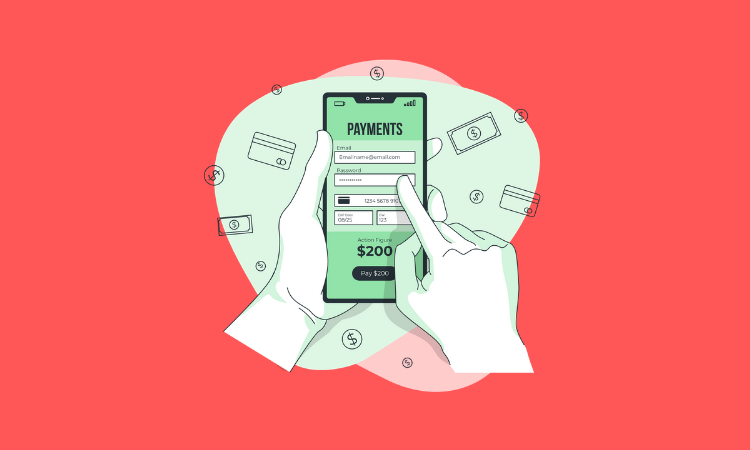Partner, The Customer Effect
Mobile banking outlook for 2023: Why push notifications are more important than ever
- Mobile banking usage is quickly growing in popularity as account holders are afforded 24/7 access to their finances and enhanced ease of use.
- Push notifications enable financial providers to take advantage of this surge by driving account holders to their mobile banking apps and increasing customer engagement.









